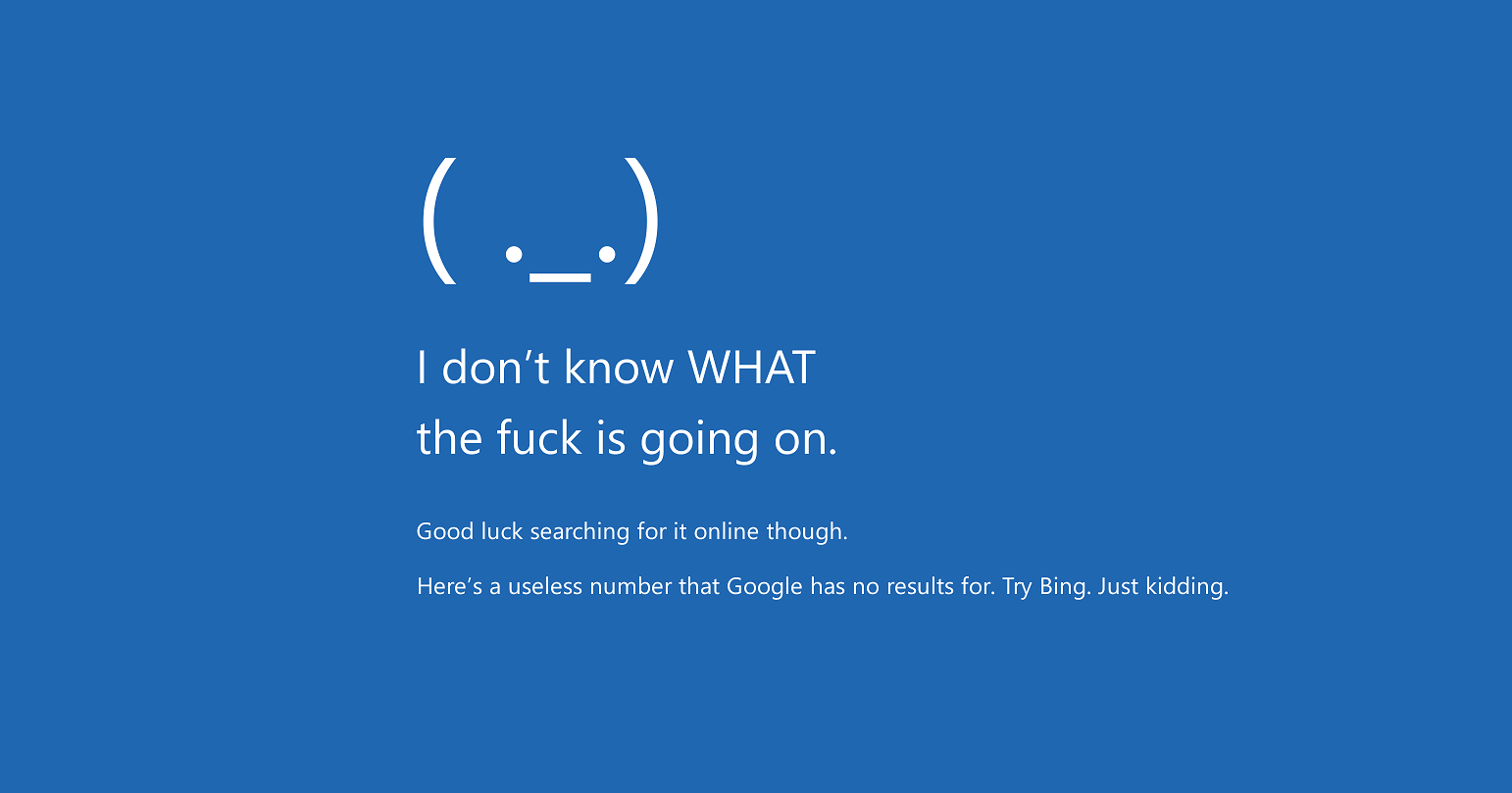You may know that some Windows 10 systems have a serious problem after its updates Microsoft in January and February.
Apparently Microsoft recognized the bugs and started releasing an "emergency" update to fix them.
The two latest updates to the operating system are reportedly causing problems on a "small number of devices," according to Microsoft. In a support article on Thursday, Microsoft confirmed issues causing Blue Screen of Death (BSoD) – and other Wi-Fi bugs after the updates released in January and February.
So the company released an emergency update designed to fix a bug that affects those who have problems after installing KB4598298 or KB4601315.
Extraordinary information is referred to as “KB5001028” and brings no other changes. The patch is released only for them users affected and consists of a patch that aims to address the Blue Screen of Death error from “nwifi.sys” that occurs when users connect to WPA3 Wi-Fi networks.
The company from Redmond reported that the BSoD also occurs when the device wakes from sleep or hibernation.
To download the emergency update, click the "Check for Updates" button. The update will only appear if your device is affected.
According to the company, this problem concerns only a "small number of devices" and WPA3 environments, which means that most users will not see the update.
In addition to the emergency update, Microsoft has also begun developing a new update process to merge SSUs and monthly cumulative updates into one package.
This change is expected to improve the reliability of Windows Update during the monthly update cycle.





